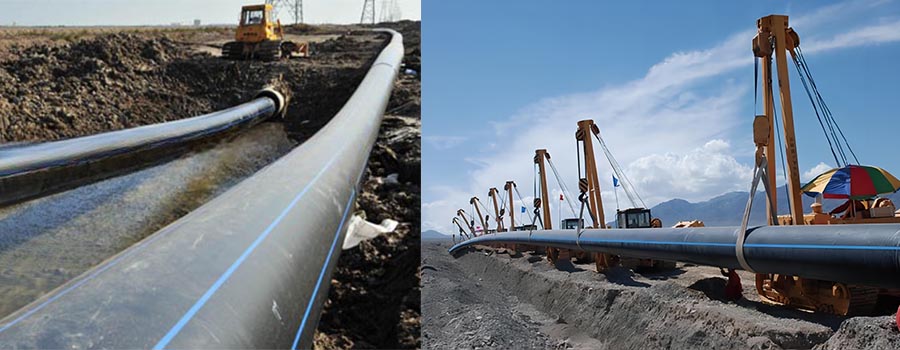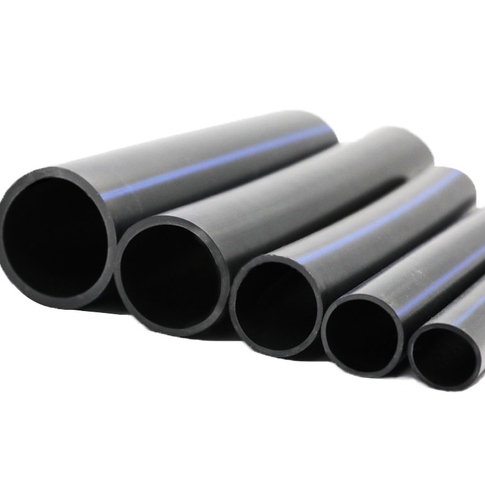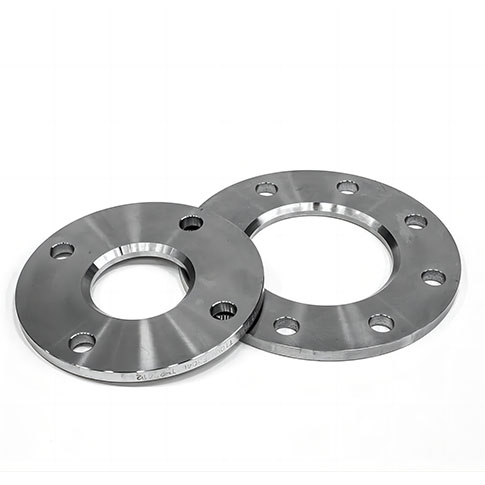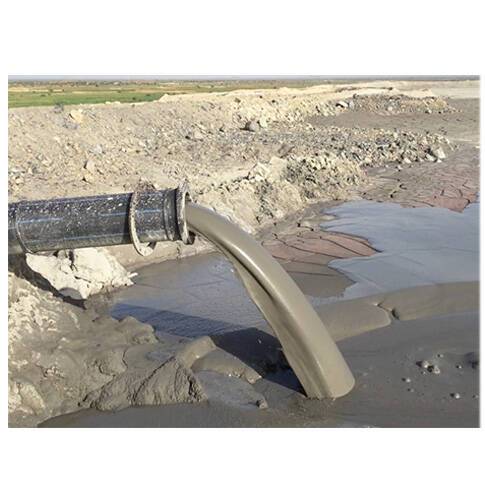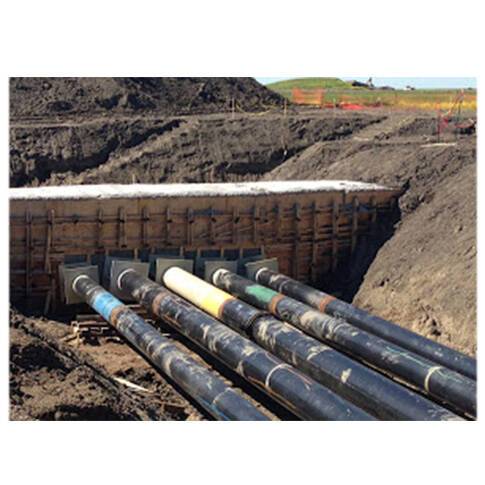14
Dec
Learn More About HDPE Mining Pipe Application
What is HDPE Mining Pipe Made Of?
HDPE mining pipe is made of high-density polyethylene (HDPE), a thermoplastic material. This type of pipe is specifically designed for mining applications such as gold, copper, sand, silver, coal, and phosphate mining. It is manufactured from HDPE material, such as PE100, PE4710, PE3608, PE100-RT
HDPE pipes are known for their flexibility, durability, and strength, making them suitable for various applications in the mining industry, including dewatering and slurry transport. These pipes have excellent chemical and abrasion resistance, making them ideal for harsh mining environments. They are also resistant to pressure surges, which adds to their reliability in mining operations.
Furthermore, HDPE mining pipes offer cost-effectiveness due to their physical properties, leak-free joints, and reduced maintenance costs. Their ease of installation is another advantage, as they can be used in various installation methods like Horizontal Directional Drilling, Pipe Bursting, and Slip-lining, among others. The pipes are produced in straight lengths and can also be coiled, facilitating easier transportation and installation.
In summary, HDPE mining pipes are made of high-density polyethylene, a material that provides flexibility, strength, chemical and abrasion resistance, and cost-effectiveness, making them suitable for a wide range of applications in the mining industry.
What Are The Matching Fittings for HDPE Mining Pipe?
HDPE mining pipes are compatible with various types of fittings, and the choice of fitting depends on the specific requirements of the piping system. The key types of fittings and their applications are:
- Butt Fusion Fittings: These are used for larger diameter pipes and involve heating the ends of the pipe and fitting, then pressing them together to form a joint. Butt fusion fittings are ideal for creating a continuous, leak-proof system.
- Electrofusion Fittings: Suitable for smaller pipes and fittings, electrofusion involves using electric current to heat and fuse the fitting and pipe together. This method provides strong and reliable joints.
- Mechanical Fittings: These fittings are used for their flexibility and ease of installation. They can be quickly connected to the pipe without the need for special equipment or heating. Mechanical fittings are often used in situations where a temporary or removable joint is needed.
- Flange Connections: These are another method for connecting HDPE pipe to different pipe materials. Flanges are typically used where a strong, bolted joint is required.
Each type of fitting is designed to meet specific application requirements, such as the type of fluid or gas being transported, pressure and temperature conditions, anticipated loads and stresses, as well as regulatory standards. It’s important to consider these factors when selecting fittings for HDPE mining pipes to ensure a reliable and long-lasting system.
Application of HDPE Mining Pipe
The main applications of HDPE (High-Density Polyethylene) mining pipes, as detailed in your provided search results, encompass a range of uses in the mining industry due to their durability, flexibility, and resistance to chemicals and abrasion. These applications include:
> Solution Mining
> Heap Leaching
> Process Water
> Process Slurry
> Water Transportation
> Tailings Transportation
> Dust Suppression
> Mine Dewatering
> Pit Dewatering
> Depressurization

